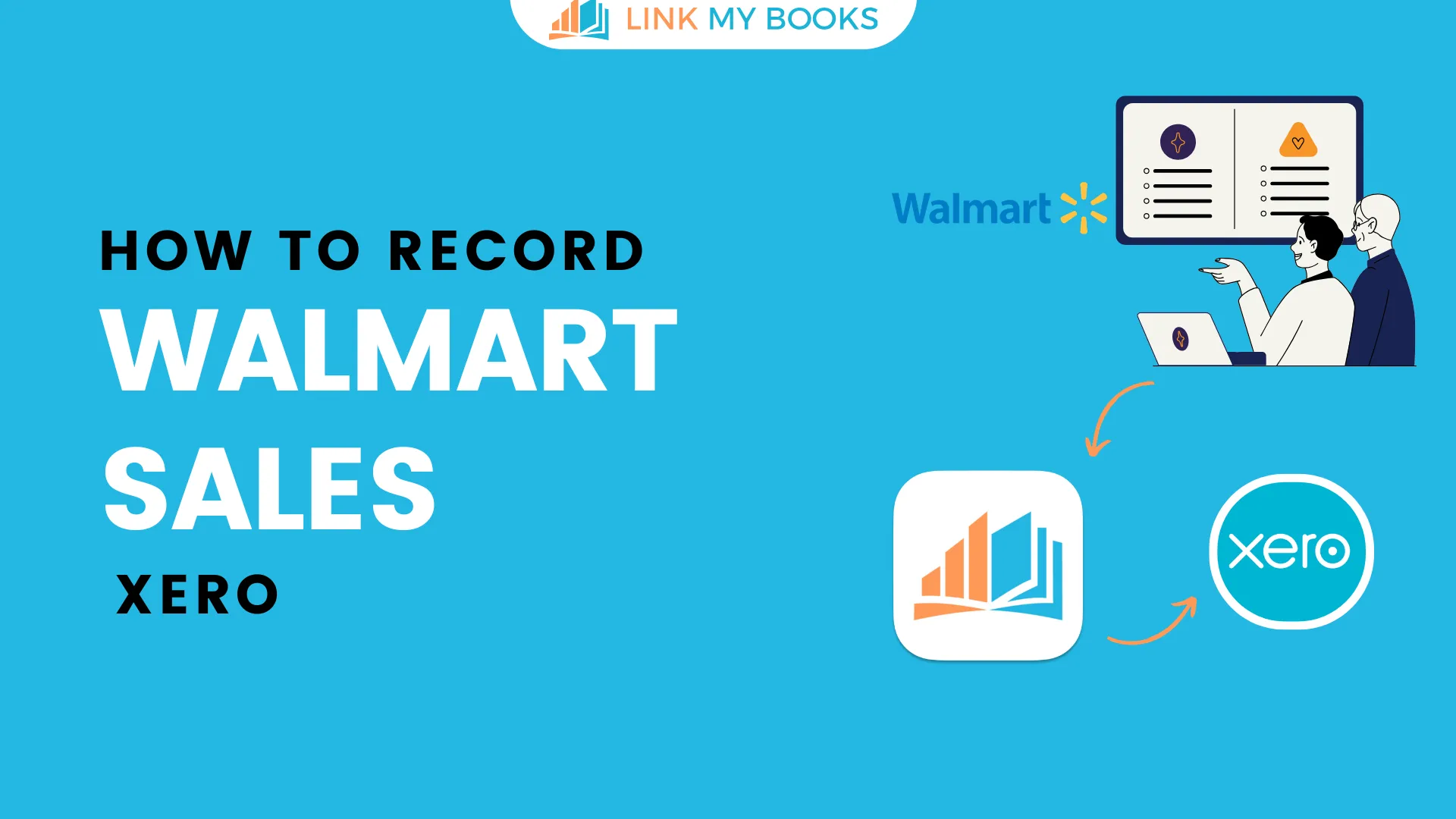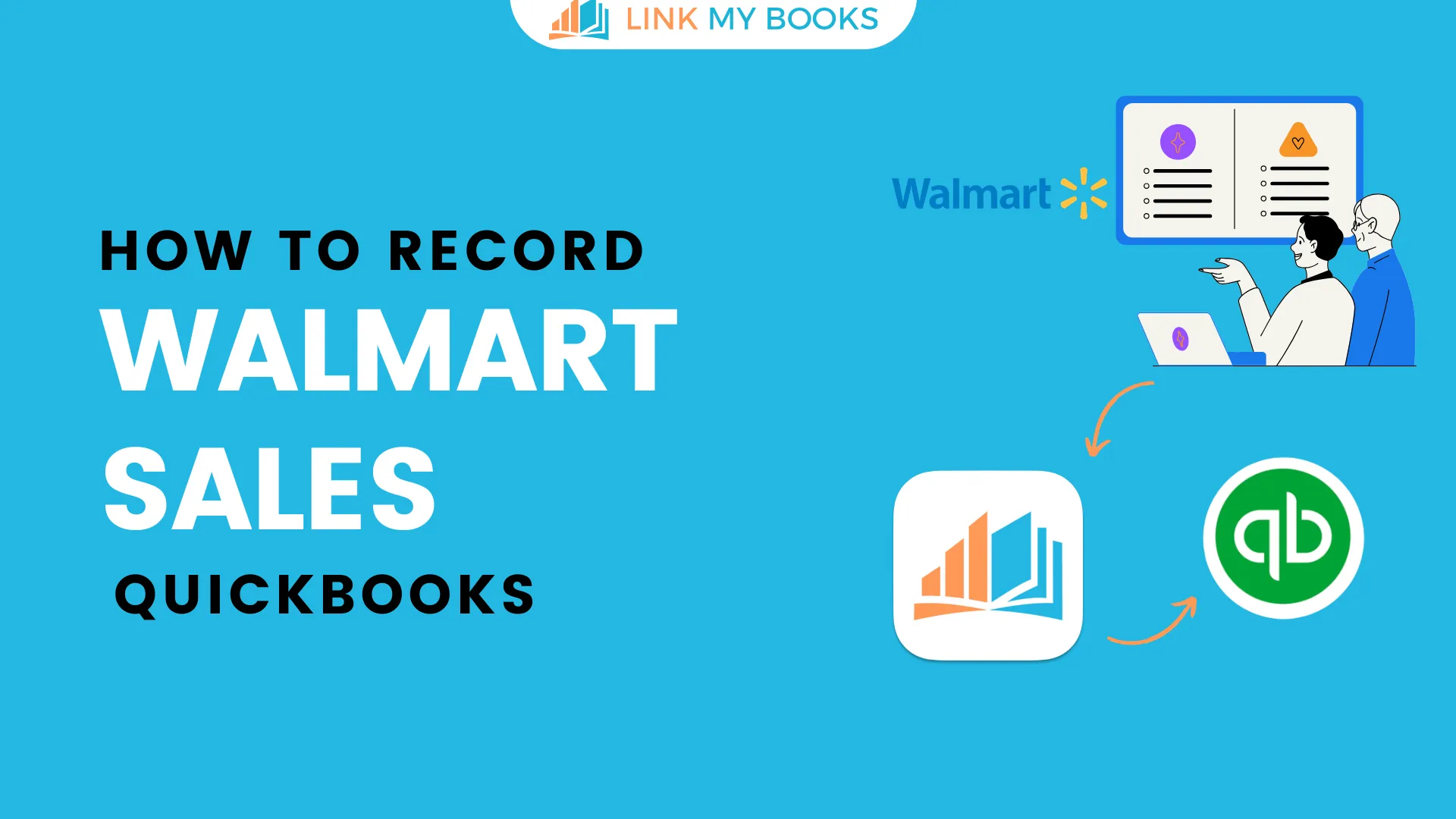Is your e-commerce business driving profits? And which of your sales channels are profitable?
If you don’t have answers to these questions, you need an income (P&L) statement.
In this guide, we will talk about what a P&L statement is and its key components. We will also explore the step-by-step process of creating an e-commerce P&L statement.
Keep reading!
Key Takeaways from this Post
Importance of P&L: Gauge e-commerce profitability by understanding revenue and expenses through a profit and loss statement.
Creating a P&L: Calculate revenue, COGS, and operating expenses to determine gross and net income accurately.
Tools for Efficiency: Use accounting software like Link My Books for automated P&L generation and comprehensive insights into business performance.







TL;DR - How to Create an E-commerce P&L Statement for Your Business
In a hurry? Follow these quick steps to build your P&L e-commerce statement.
Step 1: Calculate the revenue received on your e-commerce business
Step 2: Calculate the costs of goods sold (COGS)
Step 3: Subtract the COGS from the revenue
Step 4: Add up the operating expenses
Step 5: Calculate the net income
You can certainly create your income statement manually. However, you’re prone to misclassifying transactions or making math mistakes.
To avoid the headaches of manual calculations, use Link My Books.
It is a bookkeeping tool that automatically generates a P&L report for each channel in one place. Link My Books automatically tracks the COGS and costs associated with your sales as payouts come in. Then, it accurately generates your income statement in your accounting tool, like Xero or QuickBooks.
Book a free demo with us and learn how Link My Books can help you create detailed financial statements, including a P&L statement.

What is a P&L in Business?
A profit and loss (P&L or income) statement shows whether a business is profitable. It provides a detailed overview of the revenue and expenses of running your e-commerce business in a given period.
What Does P&L Ownership Mean?
P&L ownership means taking responsibility and understanding the factors influencing your revenue and expenses.
It also means looking into the COGS, pricing strategy, liabilities, customer experience, etc.
What is an E-commerce Chart of Accounts?
A chart of accounts (COA) is a tool for organizing all online financial transactions and activities. It makes it easier to monitor specific transactions and create financial reports.
The e-commerce COA has five categories: asset, liability, equity, revenue, and expense accounts. Each COA can be quickly identified through its unique name, identification code, and description.

How is the E-commerce Financial Model Different?
The financial model helps you forecast the profit your e-commerce store should generate. It calculates the associated business expenses and estimates the projected revenue.
Here’s what makes the e-commerce financial model different:
- Costs Calculations: Unlike traditional businesses, e-commerce requires you to account for COGS, shipping costs, storage costs, and more.
Additional costs that need to be calculated include marketing, packaging, and fulfillment.
- Revenue Projections: The revenue projection for e-commerce stores estimates the future financial performance.
They include estimated expenses such as the COGS, payroll, and taxes. You should also consider all sources of revenue, including advertising and sales.
- Tax Compliance: Tax laws are more challenging in e-commerce than in physical stores. You must follow the tax regulations of your state and country (and international laws, too, where you sell).
You must consider various taxes related to online business, such as sales taxes, VAT, GST, customs, and duties.
- Financial Statements: Accounting for an e-commerce business needs proper bookkeeping to account for your sales, returns, inventory levels, and more from all sales channels.
You should create e-commerce financial statements and reports like the income statement, the balance sheet, and the cash flow statement.
Key Components of a Profit and Loss Statement
Now that we’ve discussed the e-commerce financial model, let’s look at the essential components of a P&L report.
- Revenue (or Sales): Revenue is the total income (or total sales revenue) your e-commerce store generates.
- Costs of Goods Sold (COGS): The COGS is the total cost of producing goods, including manufacturing, packaging, shipping, and fulfillment.
Note — the COGS doesn’t include indirect costs like marketing and depreciation expenses.
- Expenses: These are the costs you have to pay to generate revenue. They are categorized as operating (suppliers' payments, wages, marketing costs) and non-operating (legal fees, interest payments on loans, relocation costs).
- Gross Profit: Gross profit is derived by subtracting net sales (total income from selling e-commerce products) from COGS (the direct expense of producing those products).
Several elements go into creating a P&L report. Keep reading to understand what goes where in a P&L statement.

How to Create an E-commerce P&L Statement for Your Business
This section will tackle the steps of creating your P&L statement.
Before we proceed, let’s mention that the easiest way to create a P&L statement is to use the Link My Books accounting tool.
Link My Books can auto-generate a detailed and up-to-date P&L statement in seconds. It integrates all your e-commerce channels in one place, automatically collects financial data from each of them, and creates easy-to-understand insights.
Sign up and try Link My Books for free!
Step 1: Calculate the Revenue Received on Your E-commerce Business
The first step of creating your P&L statement is calculating revenue. This is the total income from selling your pieces in a given period.
Also, refunds and discounts should be accounted for since they affect the net sales revenue.
Step 2: Work out the Costs of Goods Sold
Calculate COGS using this formula:
COGS = (Beginning Inventory + Purchases) - Ending Inventory
Step 3: Calculate Gross Profit
The next step is calculating the gross profit (margin) by subtracting the COGS from the revenue.
Calculate the gross profit/margin using this formula:
Gross Profit (Gross Margin) = Revenue – COGS
Note: In some cases, you might have to include the additional income in the operating income above. Additional income could include investment dividends, interest, and other money sources. This will give you EBITDA (earnings before interest, taxes, depreciation, and amortization).
Then, with the figure, you can proceed to calculate the net income.
Step 4: Get the Operating Costs
Operating expenses keep your e-commerce business running.
They include travel, wages, advertising, and equipment and should be subtracted from gross profit to arrive at the net income.
Step 5: Subtract Operating Costs from Gross Profit
The final step is obtaining the net income (net profit). You can get the figure by subtracting the operating expenses from the gross profit.
Calculate the net income using this formula:
Net Income = Gross Profit - Operating Expenses
This is also the bottom line for your P&L statement.
Follow these simple steps to get a clear overview of how your business is doing.

Best Tools to Calculate Profit and Loss Statements
You must incorporate accounting solutions to create financial statements accurately and efficiently.
Check out two of the best tools that automatically generate P&L reports.
1. Link My Books
First on our list is Link My Books, a bookkeeping software that automatically tracks inventory costs and allocates the COGS for each payout to generate an accurate P&L report.
Link My Books is also a must-have tool for omni-channel sellers. With it, you can view the P&L statements of each seller platform in one place, allowing you to understand your channel's performance compared to the rest.
Start a free trial today and generate a detailed P&L report with comprehensive insights into your business performance.
2. Datarails
Next is Datarails, a financial planning and analysis platform that works in Excel spreadsheets to create consolidated P&L statements and understand data easily with data visualization.
However, unlike Link My Books, it lacks advanced features like bank reconciliation, which are essential for syncing data to your accounting software.
Remember, go for bookkeeping accounting software that is user-friendly, offers advanced features, and makes it easy to generate e-commerce income statements.

Frequently Asked Questions (FAQs)
Keep reading to get answers to the frequently asked questions about creating a P&L report.
What are Some of the P&L Examples?
Here are some examples to help you understand income statements. The first example is Amazon's income statement for the ‘Year Ended December 2021.’
The second example is Alibaba's profit and loss statement for the ‘Year Ended March 31, 2023’.
What are the P&L Line Items for Online Stores?
Profit and loss line items include categories like sales revenue, gross revenue, SG&A (selling, general, and administrative) expenses, depreciating expense, interest expense, tax expense, assets, liabilities, and shareholder’s equity.
All these (and other categories unique to your e-commerce store) help you calculate net income or the bottom line.
How to Distinguish Between COGS and Operating Expenses in E-commerce?
The COGS relates to the amount directly spent on manufacturing or acquiring products, such as equipment, packaging, labeling, and printing costs.
On the other hand, operating expenses include other costs related to operating your e-commerce store, including marketing, delivery, advertising, and sales.
What Role Does Inventory Management Play in E-commerce P&L?
Inventory management — tracking inventory costs — directly contributes to accurately calculating the cost of goods sold. In an e-commerce P&L, any inventory sold is marked under the COGS.
In turn, the COGS is an important metric when calculating the gross profit in an income statement.
How Often Should E-commerce Businesses Review their P&L Statements?
As an e-commerce seller, you should review your income (P&L statement) monthly, quarterly, and annually. This will allow you to track your store’s profitability, identify potential improvement areas, and enable long-term planning for the future.
How Does E-commerce Sales Tax Impact the Profit and Loss Statement?
Sales tax should not be reported on the profit and loss statement. It’s not an expense of your business but rather funds you collect from customers and pass through to the government.
However, sales tax should be reported as a current liability on the balance sheet.
Conclusion
An income (P&L) statement is crucial in showing you whether your e-commerce business is profitable.
To recap, you can create a P&L report by calculating your sales revenue and COGS. Then, determine the gross profit/loss and the operating profit/loss. The next step should be determining the EBITDA and calculating net income (or the bottom line).
However, you don’t have to crunch your head with all these numbers.
Link My Books can save you all the hustle and automatically generate a P&L report for you.
Ready to explore our tool and take the stress out of manually creating a P&L statement? Get started with your free Link My Books trial today!



![How to Create an E-commerce P&L Statement [Ultimate Guide]](https://cdn.prod.website-files.com/60af32ce0a63dc4f22cc85a1/66284b88959fd59a247e2fba_How%20to%20Create%20an%20E-commerce%20P%26L%20Statement%20%5BUltimate%20Guide%5D.webp)















.png)